

Mallard
AGE – BEST CRITERIA:
Primarily based on Andersson et al. (2016). Juvenile TT and rectrices are the most easily detectable characters for ageing both sexes of mallards. All other criteria are subject to large variation, and should not be used other than as supportive criteria. Mallards with only post-juvenile TT and RR may need to be left unaged, if not showing typically juvenile criteria in other features. Judging age of mallards by single characters is often impossible, especially from photos, and some individuals may even be challenging with all characters presented.
Most 1cy are recognized by the presence of juvenile RR and/or TT. Beware of late broods that may stay unusually fresh into mid-autumn. Juveniles start to moult TT and RR from October onwards, after which ageing gets more complicated and other characters need to be examined more closely. All features are subject to individual variation, so ageing should always be based on a summary of characters.
1cy:
2cy+:
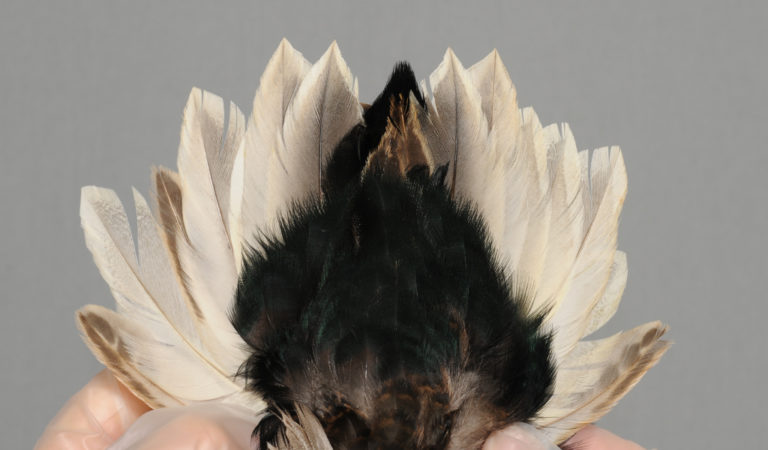
1cy male, November. Easily recognized as a young bird due to remaining juvenile RR being narrower (and shorter), worn, frayed, and with brown and buff colours. The outermost pair of feathers is often the last to be moulted, but sometimes the central pair is still retained when all the others are post-juvenile. [90A88694]

1cy male, September. Juvenile TT are narrower compared to post-juvenile TT and often abraded. Further, they have a more uniform brownish ground colour, lacking the obvious silvery-grey hue of adults. The pale tips and edges may disappear with wear. Juvenile tertial-c are narrower, more pointed, browner, and usually more frayed compared to adults. Tertial-c may be edged buff (as in this individual) and some may even show a blackish subterminal band inside. [90A92149]
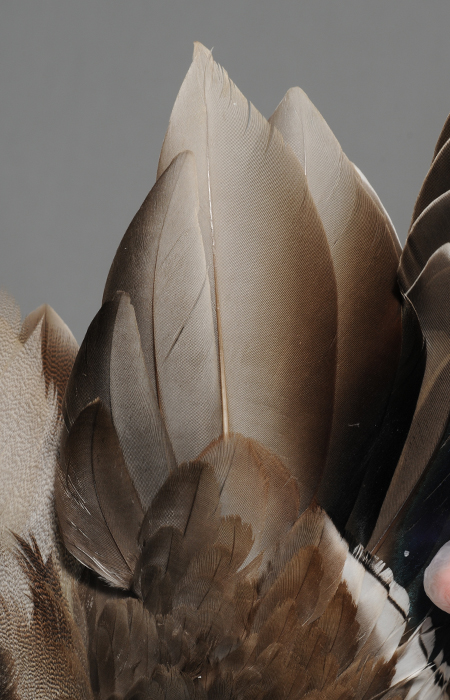
1cy male, November. This bird has acquired adult TT and tertial-c (all tertials may be moulted in October already). However, the inner tertial-c are retained juvenile feathers being worn and uniformly brownish. The innermost tertial-c (large, covering T4) has a buffish tip more common in juveniles. [90A88777]
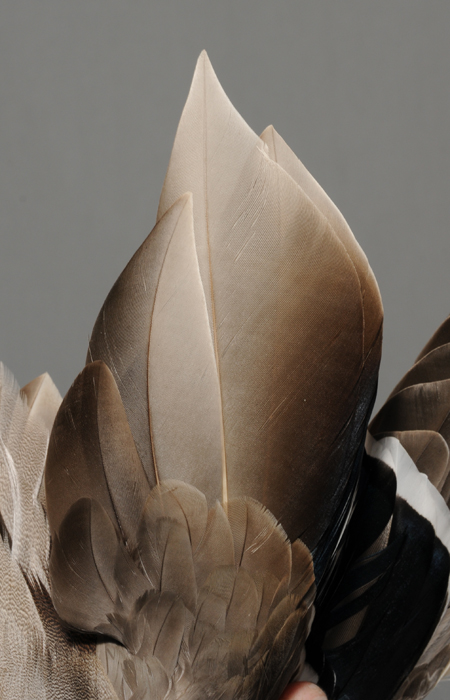
2cy+ male, October. Adult TT have a silvery-grey ground colour, fading towards blackish on inner web of T3 and T4, and towards warm brown and blackish on outer web of T1 and T2. (The T4 is actually missing here, as the browner feather looking to be T4 is actually the longest tertial-c retained from previous moult.) Adult TT are broader and generally show less signs of wear compared to juvenile TT. Adult tertial-c are broad and grey, the outer usually broadly tipped chestnut (although not in this individual). [90A71308]
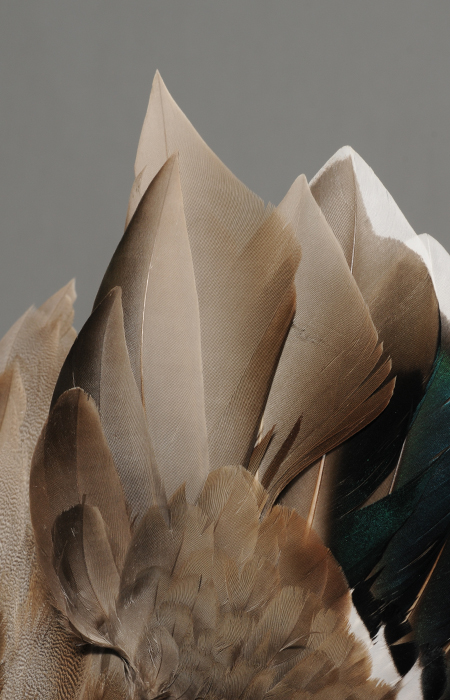
2cy+ male, October. This bird also has the longest tertial-c (covering T4) unmoulted (being browner, slightly frayed and with a pale tip), but the shape and wear reveals it as an adult feather. The rest of tertial-c are also slightly worn, but still rather cold grey, and the outer show warm brown colouration different from juvenile tertial-c. Note "flag-shape" and grey colouration of adult TT. [90A85878]
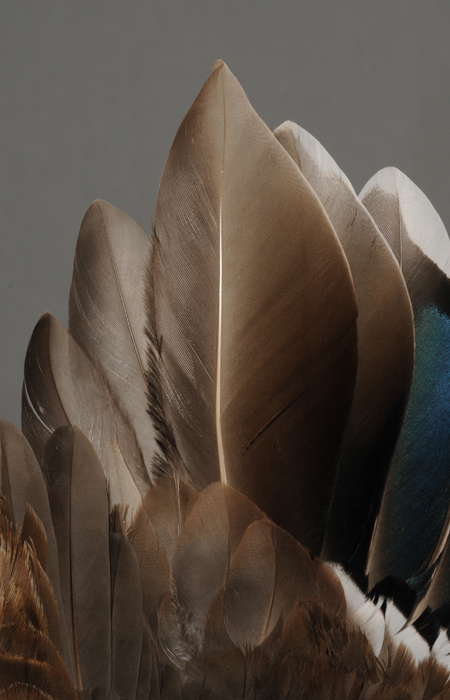
2cy+ male, September. This individual has a very drab and brownish T1 retained from previous moult (a growing T is barely visible beyond the tertial-c and beside the longest PH). Although fairly drab for an adult, tertial-c are broad and greyish basally and have chestnut wash towards the tip. [90A88375]
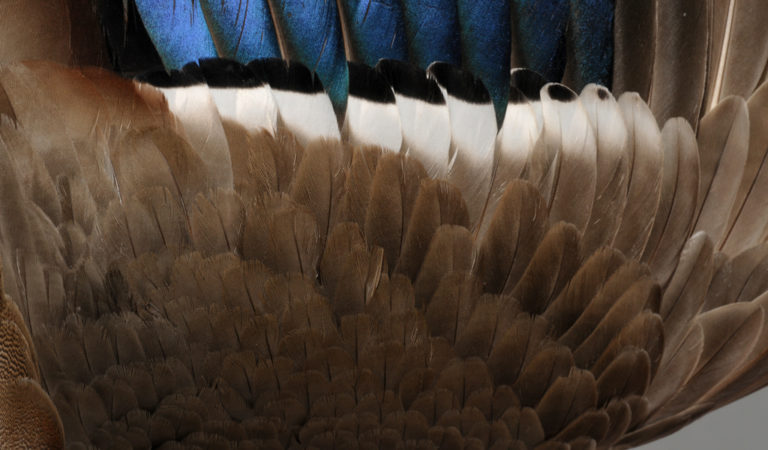
1cy male, October. Juvenile MC and LC are dull brown and often give an unstructured appearance. GC and MC are slightly narrower and more pointed, not widening as much towards the base as in adults. The black GC band gets much reduced in the outer part of the arm and is often not present at all in GC1-3, or present on the outer vane of the feather only. [90A88425]
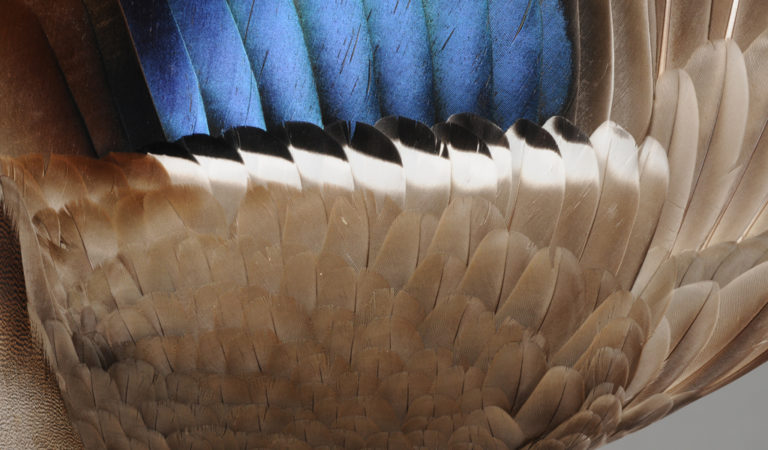
2cy+ male, October. MC and LC are greyish-brown with a silvery hue, and often give a robust and organized impression. MC and GC are broad with a somewhat blunter tip than in juveniles. The black on both vanes generally reaches further out (usually to GC2) in adults. The white band often appears neater due to sharply demarcated borders to grey base and black tip of GC. [90A87325]
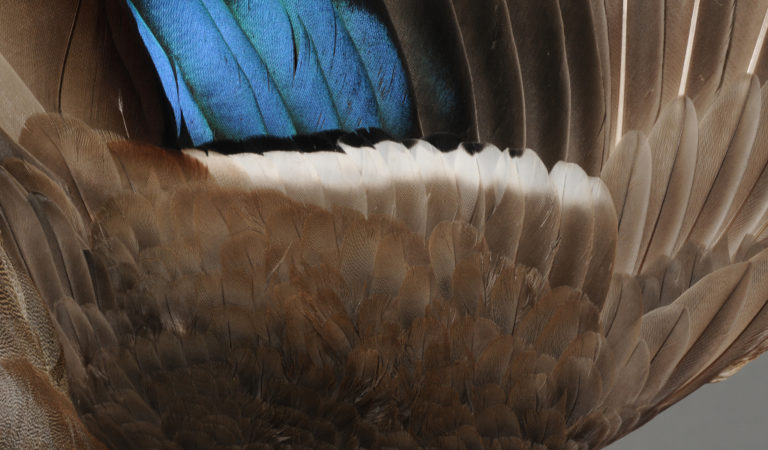
2cy+ male, November. The amount of black in the GC tips varies between individuals. This adult has a very thin black line, no black on GC1-2 and very little on GC3-4. Black markings are quite irregular but distinct. The white wing bar appears neat due to even and clear border against solid grey bases of GC. [90A87832]
More Anas platyrhyncos:
Ringers’ DigiGuide is sponsored by: